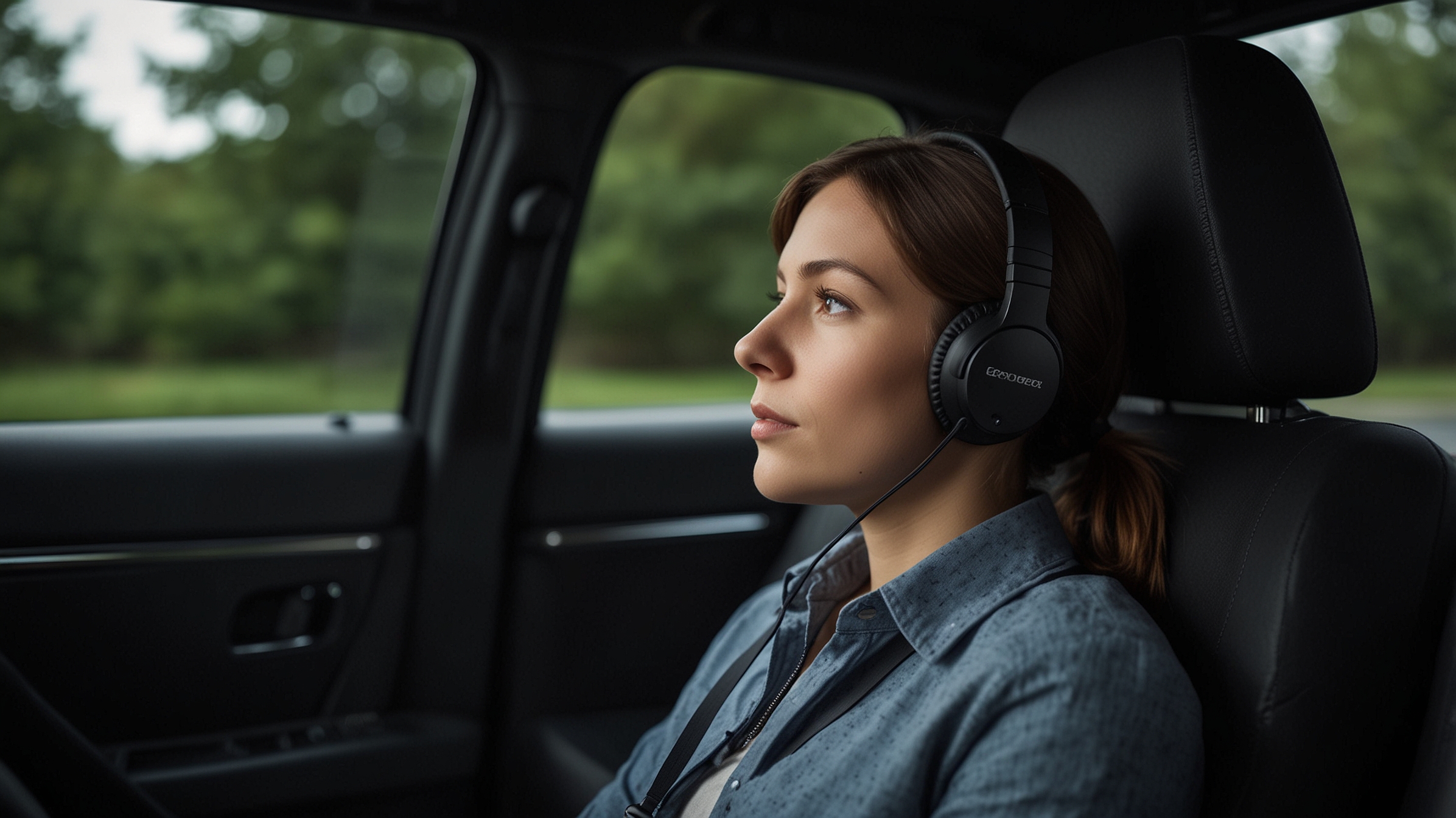When shopping for a new car, horsepower, fuel efficiency, and tech features often grab the spotlight. But spend a few hours behind the wheel, and one thing becomes clear: comfort is everything. Whether you’re commuting, road-tripping, or sitting in traffic, your car’s ability to keep you comfortable can dramatically influence your experience and even your health.
Thanks to advances in automotive engineering and human-centered design, car comfort today is a precise science. From seat ergonomics and noise cancellation to climate control and ride quality, manufacturers are putting the human body and mind at the center of modern car design.
Ergonomics: Designed for the Human Body
The foundation of car comfort starts with ergonomics—the study of how people interact with their environment. In automotive design, this means making every control, surface, and seat adapt to the driver’s and passengers’ natural posture and movements.
Seats are the star players here. A well-designed seat does more than cradle you—it supports spinal alignment, reduces pressure on key joints, and promotes blood circulation. Today’s car seats are often adjustable in more than a dozen ways: lumbar support, thigh tilt, headrest position, and even seat length. Heated, ventilated, and massaging seats are becoming common even in mid-range models.
Luxury brands like Volvo, Mercedes-Benz, and Lexus have partnered with orthopedic specialists to design seats that reduce fatigue during long drives. In fact, Volvo’s seats are so well regarded that some owners cite them as the main reason they stay loyal to the brand.
Driver controls are also becoming more intuitive. Touchscreens and physical knobs are positioned to minimize hand movement and eye distraction. Steering wheels now adjust not just up and down, but telescopically, to match different torso lengths.
Acoustic Comfort: The Role of Noise Cancellation
Noise is one of the biggest comfort killers on the road. Wind, road vibration, and engine rumble can lead to fatigue, irritability, and poor concentration—even when you don’t consciously notice it.
This is where active and passive noise control come into play.
Passive noise control involves insulating the cabin with sound-deadening materials like foam, rubber seals, and laminated glass. These materials absorb or block outside noise before it enters the cabin.
Active noise cancellation, inspired by noise-canceling headphones, takes things a step further. Microphones inside the cabin pick up unwanted sound frequencies. Then, the car’s audio system plays inverse sound waves through the speakers, effectively canceling out the noise in real-time. This technology was once exclusive to high-end models, but it’s now appearing in vehicles from brands like Honda, Mazda, and Ford.
Together, these innovations make modern cabins impressively quiet—essential for a relaxed drive or a hands-free phone call.
Climate Control: More Than Just Air Conditioning
Temperature and airflow are another cornerstone of car comfort. But modern climate control systems go far beyond the basic heater and A/C.
Dual- or tri-zone climate control allows passengers in different rows or seats to set their own preferred temperatures. Humidity sensors detect and reduce windshield fog, while air quality systems filter pollutants and allergens. Some luxury cars even include ionizers or fragrance diffusers for an enhanced atmosphere.
Newer systems are also more intelligent. For example, Mercedes’ ENERGIZING Comfort Control syncs air temperature, ambient lighting, music, and seat massage to boost mood or reduce fatigue.
In electric vehicles, climate control takes on an added challenge—maintaining comfort without draining the battery. Innovations like heat pumps and targeted seat or steering wheel warmers help EVs stay efficient while still feeling cozy.
Suspension and Ride Quality
While it might seem like something only performance drivers care about, ride quality plays a huge role in comfort. A car that absorbs bumps, resists body roll, and glides over potholes makes a big difference in how fresh you feel at the end of a drive.
Adaptive suspension systems are leading the way here. These systems automatically adjust damping rates based on road conditions, speed, and driver input. Some vehicles, like the Audi A8 or BMW 7 Series, even use cameras to scan the road ahead and prepare the suspension in advance for upcoming bumps.
In SUVs and trucks, air suspension offers added comfort and can be adjusted for different driving scenarios—like raising the vehicle for off-road terrain or lowering it for easier entry and exit.
Psychological Comfort: Lighting, Materials, and More
Car comfort isn’t just about the body—it’s about the mind. Automakers now consider psychological well-being in their design, adding elements that reduce stress and promote calm.
Ambient lighting can dramatically affect mood. Soft, customizable LED lights along door panels and footwells can make the cabin feel warm and inviting. Some cars, like the Hyundai Ioniq 5, let drivers choose from dozens of colors or even animated lighting sequences.
Material choices—from the softness of the leather to the temperature of the touch surfaces—also influence comfort. Many brands are now opting for soft-touch plastics, natural fibers, and eco-friendly textiles that feel premium without being harsh or artificial.
The Future of Car Comfort
As autonomous driving edges closer to reality, in-car comfort will become even more critical. Once the driver no longer needs to concentrate on the road, they’ll become a full-time passenger—and their expectations for relaxation, productivity, or even entertainment will skyrocket.
Concept cars already show lounge-like interiors, swiveling seats, and soundproof “zen zones.” Biometrics may soon be used to adjust your seat posture or lighting based on your stress levels.
Final Thoughts
Car comfort today is a blend of art, science, and technology. From seat design to sound control and psychological cues, automakers are using every tool at their disposal to transform the driving experience. So next time you slide into a cabin and feel instantly at ease, remember: that comfort wasn’t accidental—it was engineered.





